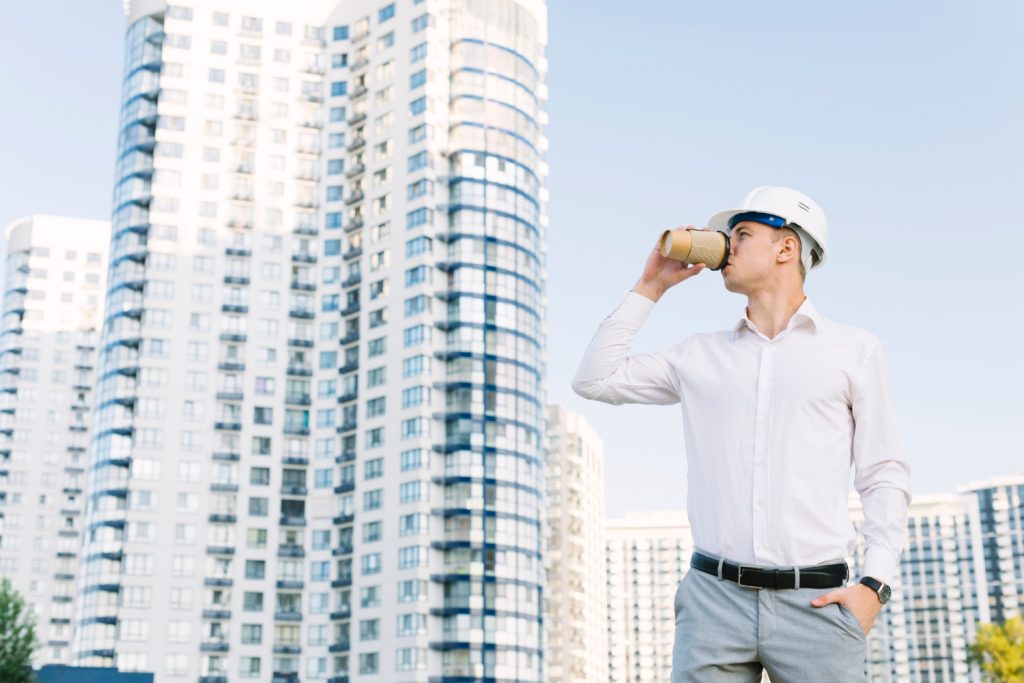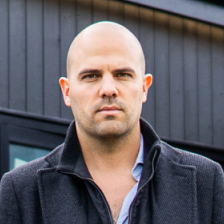The Future of Construction in the Bay Area
The Bay Area’s construction industry is evolving rapidly, influenced by rising housing demands, sustainability goals, and cutting-edge technology. As 2025 approaches, developers, builders, and homeowners are embracing new materials, eco-friendly designs, and smart home technology to create more efficient, resilient, and sustainable buildings.
With California’s strict environmental policies, high labor costs, and ongoing housing shortages, the construction industry must innovate to keep up with demand and regulations. In this guide, we explore the top construction trends shaping the Bay Area in 2025, backed by industry insights and expert predictions.
1. Sustainable and Net-Zero Energy Construction
Why It’s Trending:
California is leading the nation in green building regulations, with the state requiring all new residential construction to be net-zero energy by 2030. The push for sustainability is driving demand for:
- Solar-integrated designs – More homes and commercial buildings are being constructed with built-in solar panels rather than retrofitting them later.
- Passive house standards – Highly insulated, airtight buildings that reduce energy consumption by up to 90% compared to traditional homes.
- Water conservation technology – Greywater recycling systems, drought-resistant landscaping, and low-flow fixtures are becoming standard.
- Green roofs and living walls – These improve air quality, provide insulation, and help with stormwater management.
Expert Insight: According to the California Energy Commission, net-zero buildings can reduce electricity bills by 50-80%, making them highly attractive to homeowners and developers.
2. Modular and Prefabricated Construction
Why It’s Trending:
The housing crisis in the Bay Area is pushing developers to find faster, more affordable ways to build. Modular construction and prefabrication are becoming game changers, allowing homes and commercial buildings to be constructed in weeks instead of months.
- Prefabricated homes – Entire sections of a home are built in a factory and assembled on-site, cutting labor costs and construction time by 30-50%.
- ADUs (Accessory Dwelling Units) – Prefabricated ADUs are gaining popularity as a quick, affordable way to add housing units.
- Commercial modular buildings – Offices, schools, and healthcare facilities are increasingly using modular construction for speed and cost savings.
Expert Insight: A report from McKinsey & Company found that modular construction can lower costs by up to 20% while significantly reducing waste.
3. Smart Home and Building Automation
Why It’s Trending:
The Bay Area’s tech-driven culture has made smart home technology a must-have in new residential and commercial buildings. In 2025, we expect:
- AI-powered climate control – Smart thermostats that adjust based on occupancy and weather conditions.
- Voice-activated and touchless systems – More homes and offices will have touch-free entry, lighting, and appliances for convenience and hygiene.
- Smart energy grids – Buildings will connect to local energy grids to optimize energy use and reduce demand during peak hours.
- Automated security systems – Advanced biometric access and AI-driven surveillance will become more common.
Expert Insight: According to Statista, the smart home market in the U.S. is expected to reach $138 billion by 2026, with California leading the adoption.
4. Adaptive Reuse and Urban Infill Projects
Why It’s Trending:
With limited land available for new construction, developers are turning to adaptive reuse and urban infill projects to meet demand.
- Converting old office buildings into housing – With remote work reshaping office space demand, many buildings are being converted into apartments or mixed-use developments.
- Revitalizing underutilized spaces – Parking lots, warehouses, and abandoned properties are being repurposed into residential or commercial hubs.
- Mixed-use developments – Blending residential, office, and retail spaces into one sustainable community.
Expert Insight: The Urban Land Institute predicts that adaptive reuse projects will continue to grow in the Bay Area, especially in San Francisco, Oakland, and San Jose, where commercial vacancy rates remain high.
5. Resilient and Fire-Resistant Construction
Why It’s Trending:
With wildfires and earthquakes posing ongoing risks in California, construction methods are focusing on resiliency and safety.
- Fire-resistant materials – Builders are using non-combustible siding, metal roofing, and tempered glass to reduce wildfire damage.
- Seismic retrofitting – More homes and commercial buildings are being reinforced to withstand earthquakes.
- Defensible space landscaping – Using fire-resistant plants and hardscaping to protect structures.
Expert Insight: A study by the California Building Industry Association found that homes built under modern fire codes are 40% more likely to survive wildfires compared to older structures.
6. 3D Printing and Robotics in Construction
Why It’s Trending:
Advancements in 3D printing and robotics are changing the way buildings are constructed, reducing costs and increasing efficiency.
- 3D-printed homes – Companies are now able to print entire homes in 24-48 hours, drastically cutting labor costs.
- Robotic bricklayers and framers – Automating repetitive tasks speeds up construction without sacrificing quality.
- Drones for site monitoring – Used to survey land, track progress, and improve safety.
Expert Insight: The global 3D construction printing market is projected to grow at a CAGR of 91% by 2030, making it one of the fastest-growing construction technologies.
7. High-Performance Glass and Sustainable Materials
Why It’s Trending:
With California’s strict energy efficiency codes, the use of high-performance building materials is increasing.
- Low-E glass windows – Reducing heat loss while maximizing natural light.
- Recycled and repurposed materials – Concrete, wood, and steel are being sourced from demolished buildings to minimize waste.
- Self-healing concrete – A new material that automatically repairs cracks, reducing maintenance costs.
Expert Insight: According to the U.S. Green Building Council, sustainable materials can reduce construction costs by up to 15% over the building’s lifetime.
Final Thoughts: The Future of Bay Area Construction
The Bay Area construction industry is at a turning point, with sustainability, technology, and efficiency driving innovation. As we move into 2025, the focus will be on:
- Green and net-zero buildings to meet California’s energy goals
- Modular and prefabricated homes to address housing shortages
- Smart technology integration for both homes and commercial spaces
- Adaptive reuse and urban infill to maximize land use
- Resilient building techniques to withstand wildfires and earthquakes
For builders, homeowners, and developers, staying ahead of these trends is key to creating long-lasting, high-performance spaces that meet the needs of the future.
Looking to build or renovate in the Bay Area? Contact us today for expert guidance on integrating the latest construction trends into your project!






